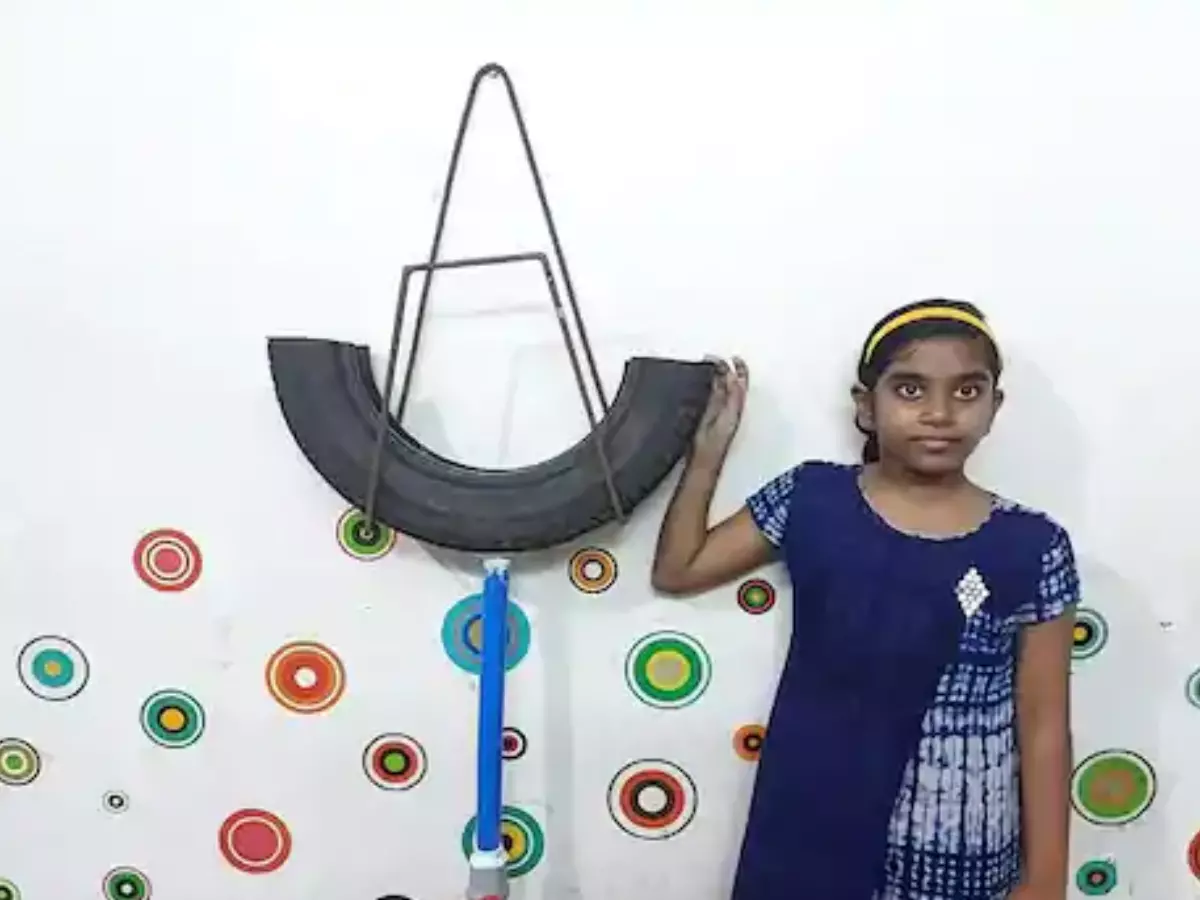This Tamil Nadu Girl's DIY Mosquito Trap Can Help Beat Deadly Infections
A 9-year-old girl from Tamil Nadu's Kalpakkam has worked on the concept of Ovillantas and developed a homemade trap for the insects.

Mosquitoes seem to love old tyres in backyard settings, making them a rather popular breeding ground and posing a big threat of infections for people around.
However, the same tyre can also be used to construct a DIY trap for menacing mosquitoes.
 YouTube
YouTube
A 9-year-old girl from Tamil Nadu's Kalpakkam has worked on the concept of Ovillantas, and developed a homemade trap for the insects.
Also Read: 12-YO Girl's Strange Hobby Baffles People, She Has Collected & Numbered Every Mosquito She Killed!
For the DIY trap named Ovillantas, the girl named Indira used a 13 inch old tyre, 1 hanger, a 1-inch PVC pipe, silicone glue, ball valve, PVC glue, filter paper and a bottle filled with water, reports News18.
 Image For Representation/postguam.com
Image For Representation/postguam.com
The tire is cut and made into the trap filled with a milk-based liquid to attract the mosquitos. When the eggs hatch a pheromone is released by the larva into the water and it acts as bait for female mosquitos.
Also Read: Mosquitoes Can't Transmit Coronavirus, It Can't Survive In Them, Says Study
The Ovillanta traps are found especially in villages of Mexico. The word actually comes from the combination of two words, from the Latin word 'ovi' for egg and the Spanish 'llanta'.
According to Smithsonian, G¨¦rard Ul¨ªbarri, a chemistry professor at Laurentian University in Ontario, invented the traps almost by accident.
Also Read: Mosquito Spit Is Used In Vaccine That May End All Mosquito-Spread Diseases
The report states that he and his team received a grant from Grand Challenges Canada, a government agency that funds health research, to study whether the traps would work in Central America.
Ul¨ªbarri developed the idea when he had worked on a project involving mosquito traps to combat West Nile virus, that broke out in parts of the United States and Canada in the 2000s. Researchers say Ovillantas can destroy up to seven times more mosquitoes than other insect traps and is also effective in reducing the use of pesticides and other chemical repellents.
